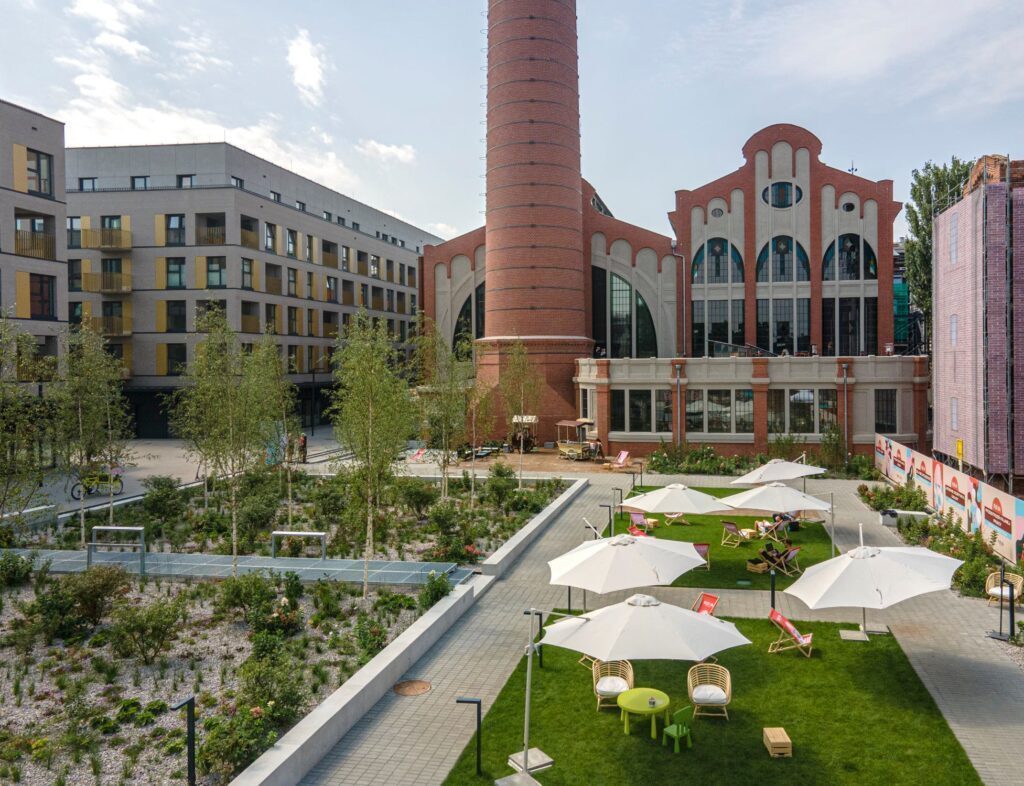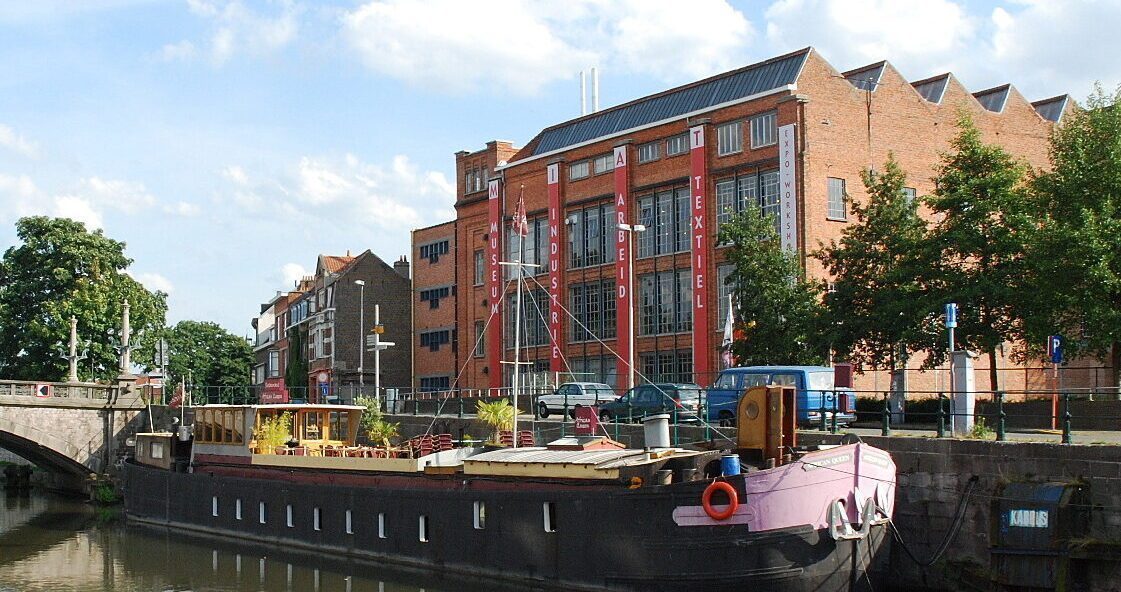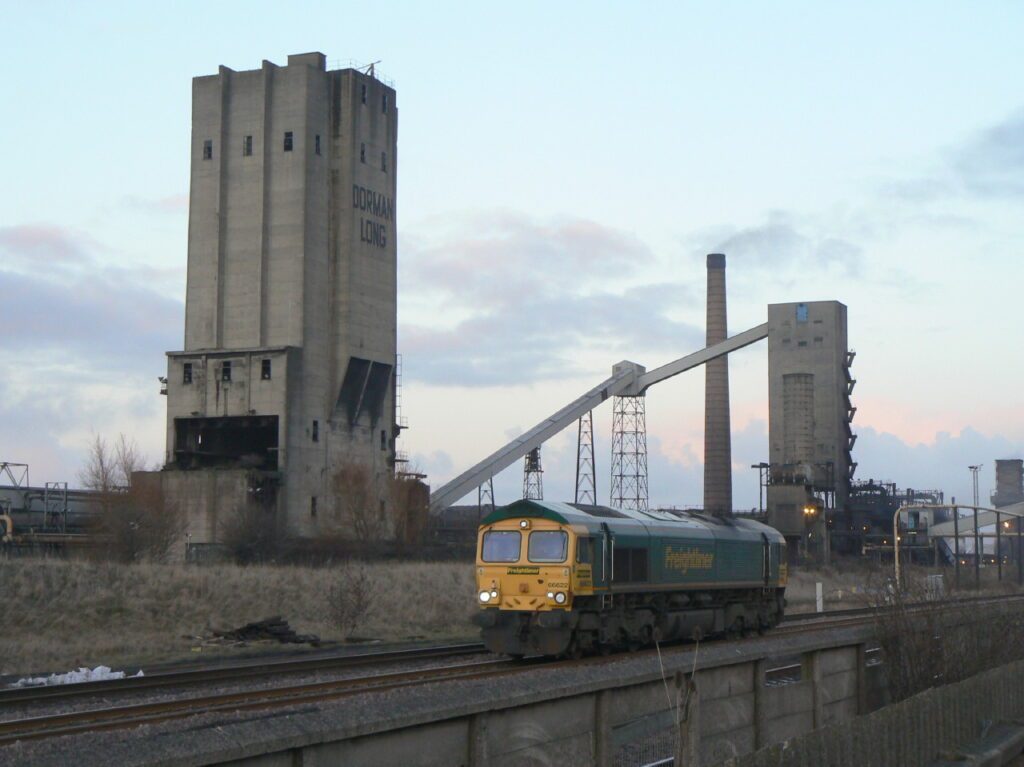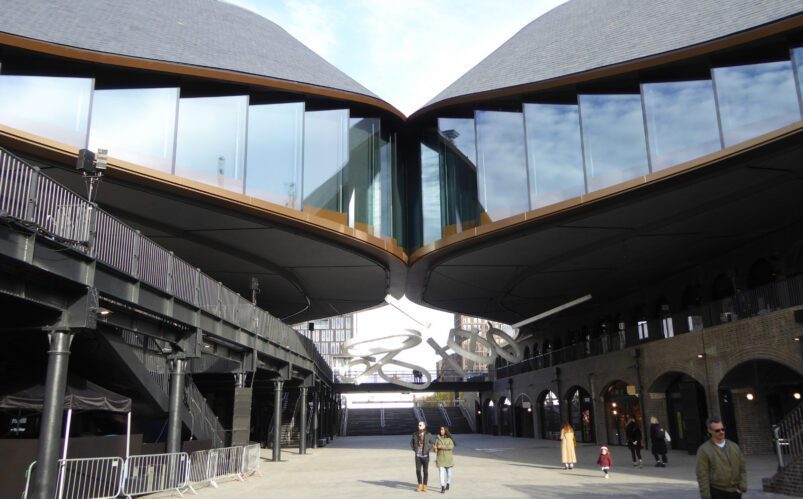A wealth of history
From dockyards to mills and mines to factories, industrial heritage sites are found across Europe. While many regions are still industrial, the worldwide economic challenges in the 1980s caused the widespread closure of industry across Europe. Over the past few decades, we have been grappling with ways of managing this heritage.
For some, these industrial sites are iconic places worth protecting and symbolic of strong communities. For others, they are scars on the landscape. However, many of these sites are now in decay: without proper management, they may pose a threat to people or to the environment as they fall into ruin. Doing nothing with our industrial heritage is only asking for trouble.
The solution that’s trending across Europe over the past few years is an approach known as ‘adaptive reuse’.
Adaptive reuse
At its simplest, adaptive reuse involves taking a building that is no longer used for its original purpose, refurbishing it, and repurposing it. A factory could become an art gallery, or a paper mill could become apartments. This brings a myriad of benefits for developers who can face up to the challenges of old buildings, especially since new constructions often have a high environmental cost.

For industrial heritage, adaptive reuse can be a good compromise. Industrial sites are often spacious, with striking architecture, and may be connected to urban areas. If utilised correctly, there are many possibilities for new uses and an easy marketing campaign to entice investors. Museums and memorials are an obvious reuse opportunity for these sites, but they may not be economically viable. Instead, business start-ups, cultural organisations, and property developers could be the targets for adaptive reuse projects. However, when transformed in these ways, it is even more vital for heritage professionals to be involved.
Sustainable reuse
With European trends towards sustainability and ‘circular’ economies, it seems logical to take an adaptive reuse approach. Initiatives such as the New European Green Deal and the New European Bauhaus encourage everyone across the continent to recycle and reuse. New buildings require large amounts of environmentally damaging materials and processes, whereas refurbishing a historic building will use far less. If done properly, and with a sustainable future in mind, industrial heritage can be converted into energy efficient and useful space for any client.
Buildings release carbon dioxide emissions in three separate ways, as explained by Historic England: during construction, during daily use, and finally during demolition. By reusing the buildings instead of demolishing and rebuilding, we can stop two of the three ways that buildings emit carbon dioxide. Inevitably, older buildings will require significant refits to improve their energy efficiency on a daily use. Historic England estimates that one third of all the UK’s waste each year comes from construction.
Ironically, industrial heritage could be a useful tool to help battle the climate crisis.
Financing reuse
Financing the reuse of heritage buildings can be a tricky problem. Developers will have less freedom to redevelop a site if it is historic, especially if there are concerns about contamination. Banks tend to be hesitant to finance adaptive reuse projects because of a perceived risk. Furthermore, many places with industrial heritage suffer from weaker economies because of deindustrialisation, increasing the concern that projects will not pay off in the long term.
However, the economic opportunities that adaptive reuse brings are not to be overlooked. Vacant and derelict buildings tend to lower the value of an area; refurbishing them not only adds character to a neighbourhood, but transforms the area into one that is perceived as worth investing in. Usually these buildings are cheap to acquire, which is especially important in urban areas.
Since heritage reuse often has a socio-cultural impact, public funds are more likely to be made available. Similarly, with global trends towards sustainability, pitching adaptive reuse projects is becoming easier. Ideally, adaptive reuse is utilised on a wider scale, whereby an entire area or neighbourhood is revitalised. As such, the long-term economic benefits are not to be underestimated.

For those planning projects, a key objective should be diversification of funding. If all the funding is tied to one source, stakeholders might be worried about long term risk. What if that funding dries up? What if there’s a change in politics? Sharing the financial burden among different investors will demonstrate stability and reduce risk.
Finally, it is important to ensure that industrial heritage is not just an economic opportunity. These places can become cultural centres or focal points for the local community, as well as positive beacons for a sustainable future.
Find out more about the challenges and solutions of funding adaptive reuse with this policy brief, published by OpenHeritage.
Appropriate reuse
A big question for those who care about industrial heritage is whether the history and spirit of the site will be preserved. Facadism – the process of changing a building entirely but leaving the ‘façade’ – should not be encouraged. Adaptive reuse should aim to keep as much of the original building as is possible. Architecturally, the goal is to blend old and new.
There are also concerns about gentrification. By renovating dilapidated buildings and encouraging culture, the cost of living for local residents may go up. Particularly in the case of industrial heritage, renovating heritage might mean that the original community is priced out and replaced by new residents. Adaptive reuse projects are often legally forced to include low cost housing in their plans, but this is not always enough. Adaptive reuse should be beneficial to the community, not just external investors.

Image: Jiří Bernard Wikimedia CC BY-SA 3.0
Museums of local industry can be a good opportunity to reuse historic buildings, and do not necessarily need to be stuck in the past. The Industriemuseum in of Gent, for example, is not just a collection of objects, but also an active workshop. The museum continues to use and train people on historic printing equipment so that technical knowledge is not lost. On another floor is a textile workshop that school groups and artists are invited to use. The museum sells what it makes at the shop, which adds value for visitors. This approach is beneficial for the museum because it diversifies funding, broadens its audience, and preserves heritage.
For the future?
Every industrial building is different. Each one carries a different history and different memories. They will require different solutions, and in some cases it might be better to take a hands-off approach. This is the benefit of adaptive reuse – it is adaptable. It also demonstrates that difficult buildings can probably be transformed into something new and useful, as long as there is support.

There may not always be a chance for adaptive reuse. Sadly, in 2021, the Dorman Long coal tower in the north of England was demolished to pave the way for a new development.
As more industrial sites become ‘heritage’, more of it is at risk. The Dorman Long coal tower in the north of England was demolished in 2021 to pave the way for a new development. Rather than being an opportunity for redevelopment and renewal, local politicians framed it as a burden. Adaptive reuse proves that our industrial heritage doesn’t have to be destroyed – it has a very powerful place in our future, for many reasons.

